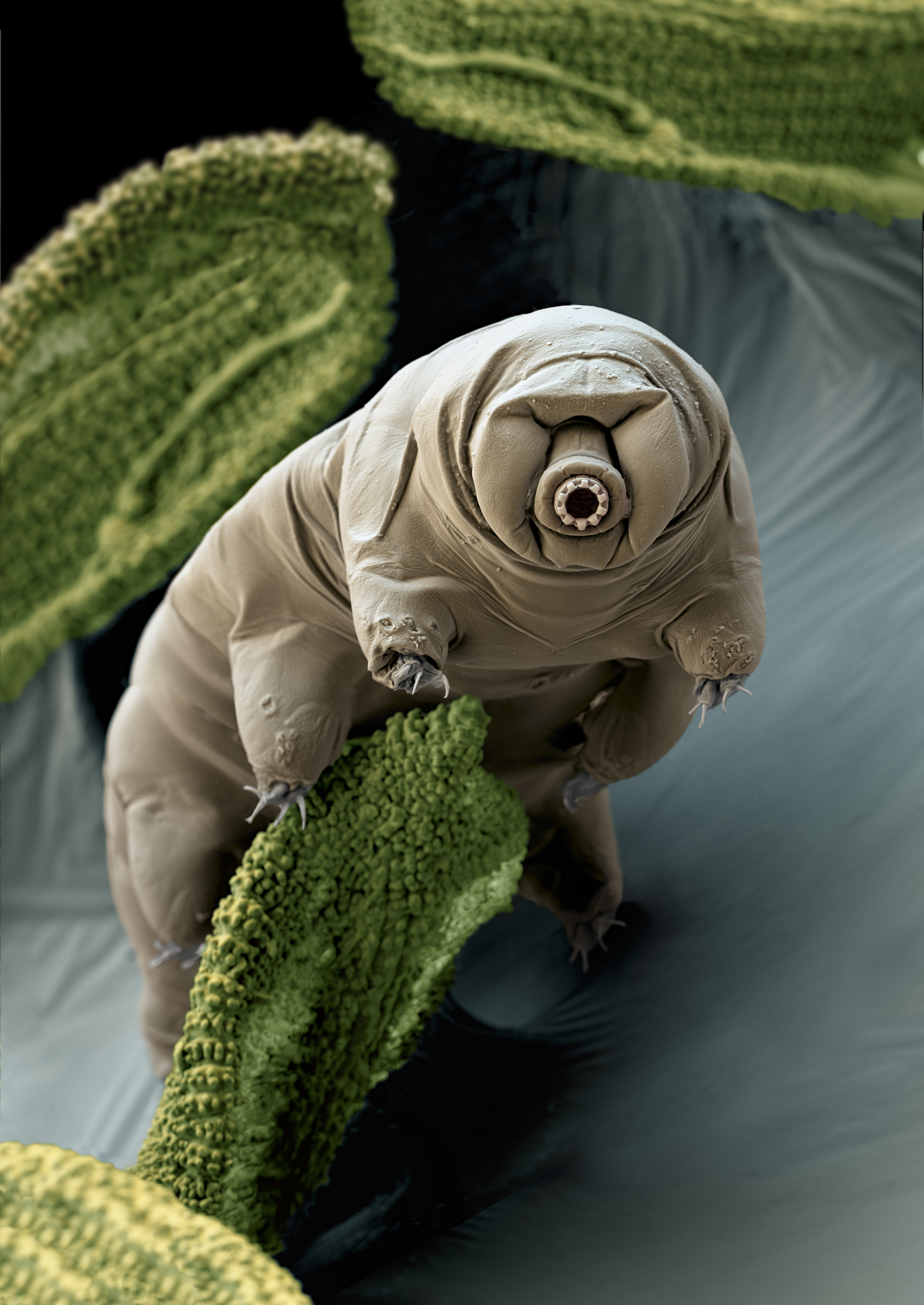Extremophile is a living thing that grows best in environments that cannot easily support other life. Such environments have extreme conditions, which may be divided into two basic types. Physical extremes include harsh temperatures and high water pressure or radiation levels. Chemical extremes include high levels of salt or acid chemicals. Most extremophiles belong to the archaea or bacteria group of microscopic, single-celled organisms. Scientists often divide extremophiles into several other categories, based on the conditions in which the organisms thrive. Individual species (kinds) may belong to more than one of these groups.

Extremophiles that live in physical extremes include thermophiles, which grow best in temperatures of 113 °F (45 °C) or above. Psychrophiles prefer colder habitats. They cannot survive temperatures higher than 68 °F (20 °C). Many barophiles, or piezophiles, thrive in the deep sea or other places with high water pressure. Xerophiles live in such dry places as deserts or the insides of dried fruit. Radioresistants can grow in areas with high levels of radiation. One species, Deinococcus radiodurans, can survive radiation levels hundreds of times greater than levels that would kill a human being.
Extremophiles that live in chemical extremes include halophiles, which grow best in areas with high amounts of salt. Another group, the acidophiles, prefer habitats with high levels of acid chemicals. Chemical extremes may occur in mining sites, hot springs, or salty water.
Many extremophiles have proved useful to people. Antibiotics and other pharmaceutical products are derived from these organisms. Extremophiles also provide ingredients for detergents, food supplements, and other products. In addition, scientists believe radioresistants and other extremophiles may help clean up areas damaged by radiation or harmful chemicals.
See also Archaea; Bacteria; Hydrothermal vent; Water bear.
